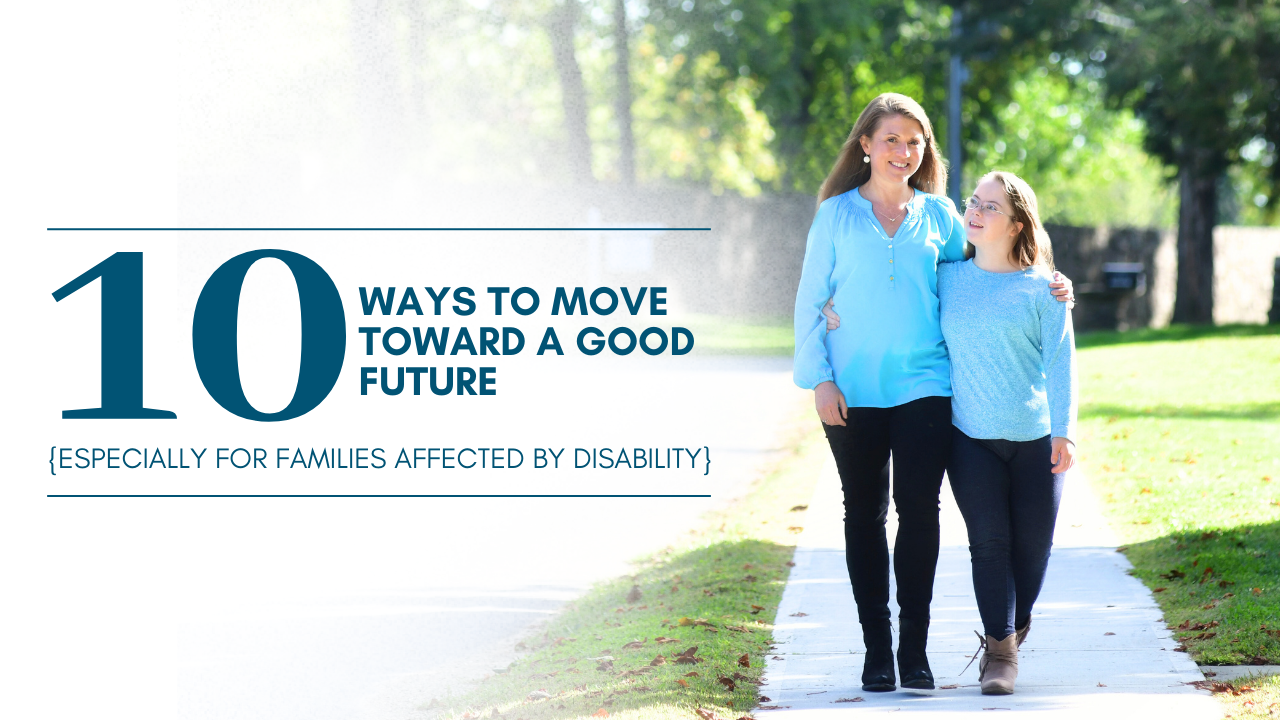I’m grateful for questions from readers, and here’s a question asking how to teach John 5 in a way that isn’t ableist:
Question: Is John 5 ableist? How do I teach a different narrative to VBS students?
I’m wondering if you might be able to point me in the direction of some resources about the healing of the man at the pool of Bethesda. (In John ch 5). I’m working on summer VBS curriculum, and so much of the prevailing narrative is about the man being “lazy” or “full of excuses,” and I think this is both contributed to and contributes to society’s ableist attitudes. I’m hoping to bring a different understanding to my students—I want them to see that this man persevered, waiting decades for his opportunity, and even when he was beaten out to the waters, he remained. And most importantly, he recognized Jesus’ authority.
My Response:
First of all, I think you are so right to be pushing back against the narrative that this man was lazy or making excuses. If those things are present at all (and there’s good reason to suggest they aren’t), they don’t seem to bother Jesus. And the man does indeed listen and respond by participating in Jesus’ healing work when he picks up his mat and walks. So I think you are identifying the right problems and offering good points to draw out a different way to see this text.
(As a somewhat long aside, what does it say about the people writing the curriculum that they assume laziness? So much of disability work these days is about focusing on strengths and assets rather than deficits and reframing stories in a way the highlights those strengths. What if we saw this man as a man with incredible perseverance? Even if he was hoping in healing from a source that couldn’t heal him the way that Jesus could, maybe we can see him as a model of what it looks like to have hope?)
Second, I think another thing to draw out in this story is that Jesus is on his way to a celebration in the temple and he decides to go visit all the “invalids.” Jesus wanted to spend his holiday with the people in need of healing. Let’s just say that’s not where most of us spend our time on Thanksgiving or Easter. So Jesus sees this man as someone he wants to be near, and as you said, this man responded to Jesus with faith. I love the thought of VBS kids getting this type of understanding of both the man and Jesus!
More with Amy Julia:
- False Message: Disability is an inspiration.
- Free Resource: Books About Disability and Theology
- Finding Places Where Everyone Belongs
If you haven’t already, you can subscribe to receive regular updates and news. You can also follow me on Facebook, Instagram, Twitter, Pinterest, YouTube, and Goodreads, and you can subscribe to my Love Is Stronger Than Fear podcast on your favorite podcast platform.




